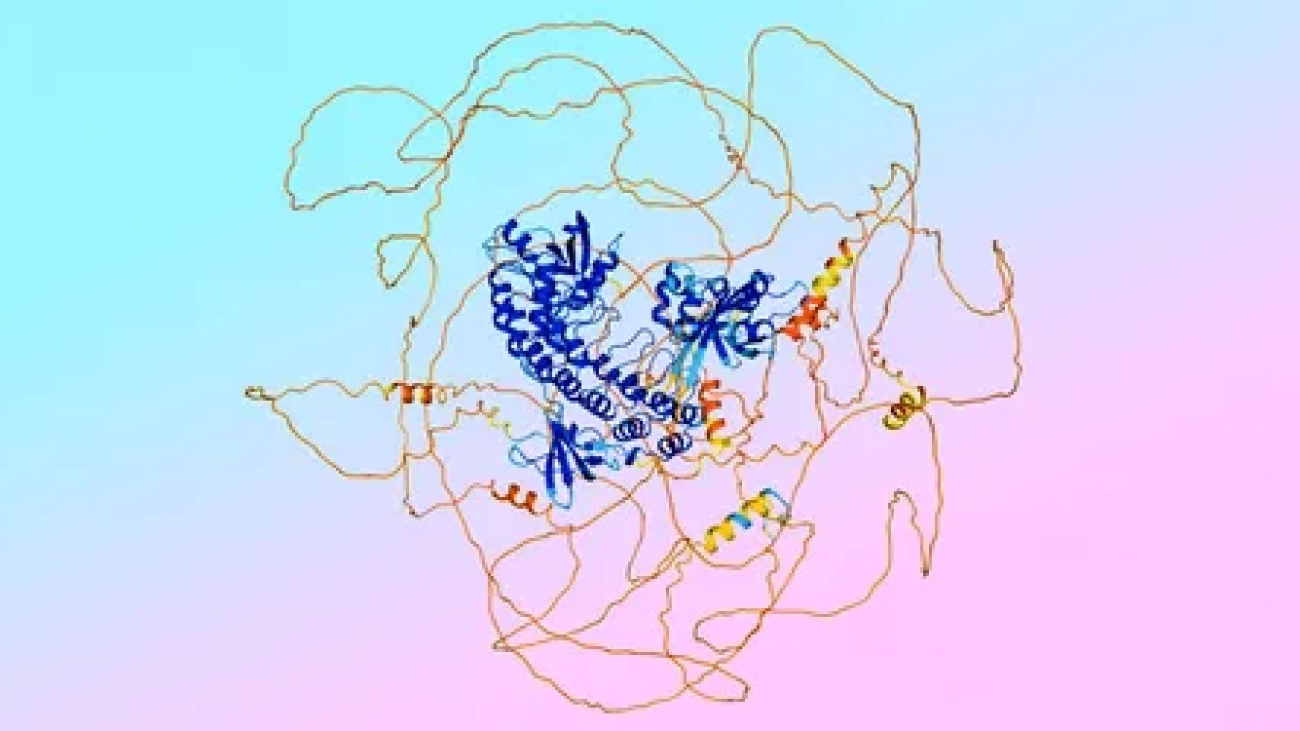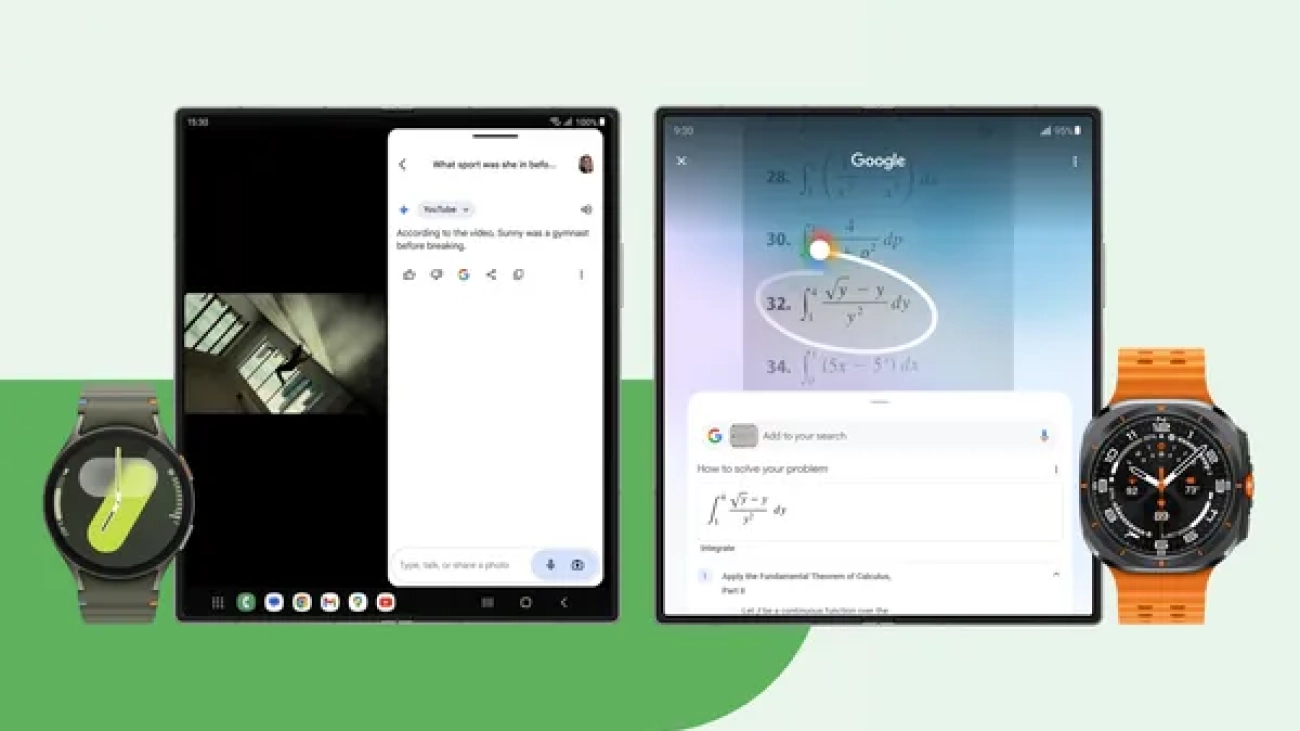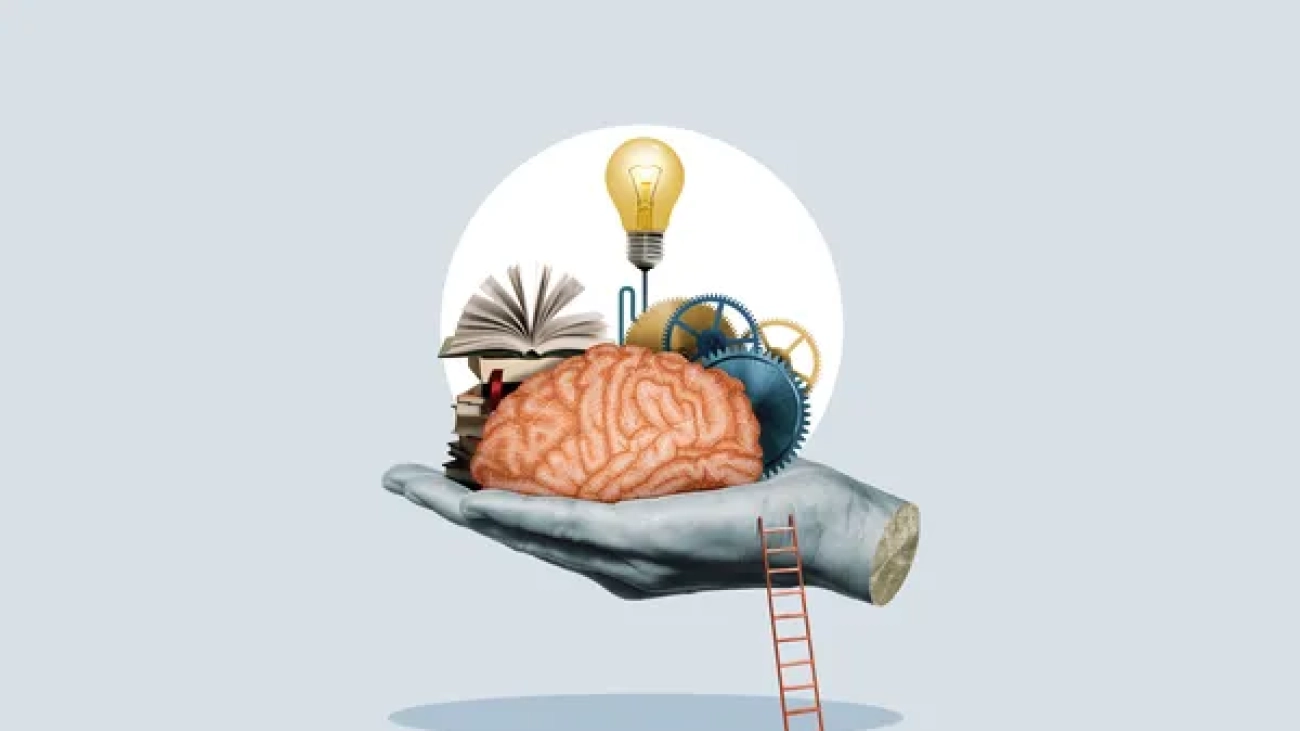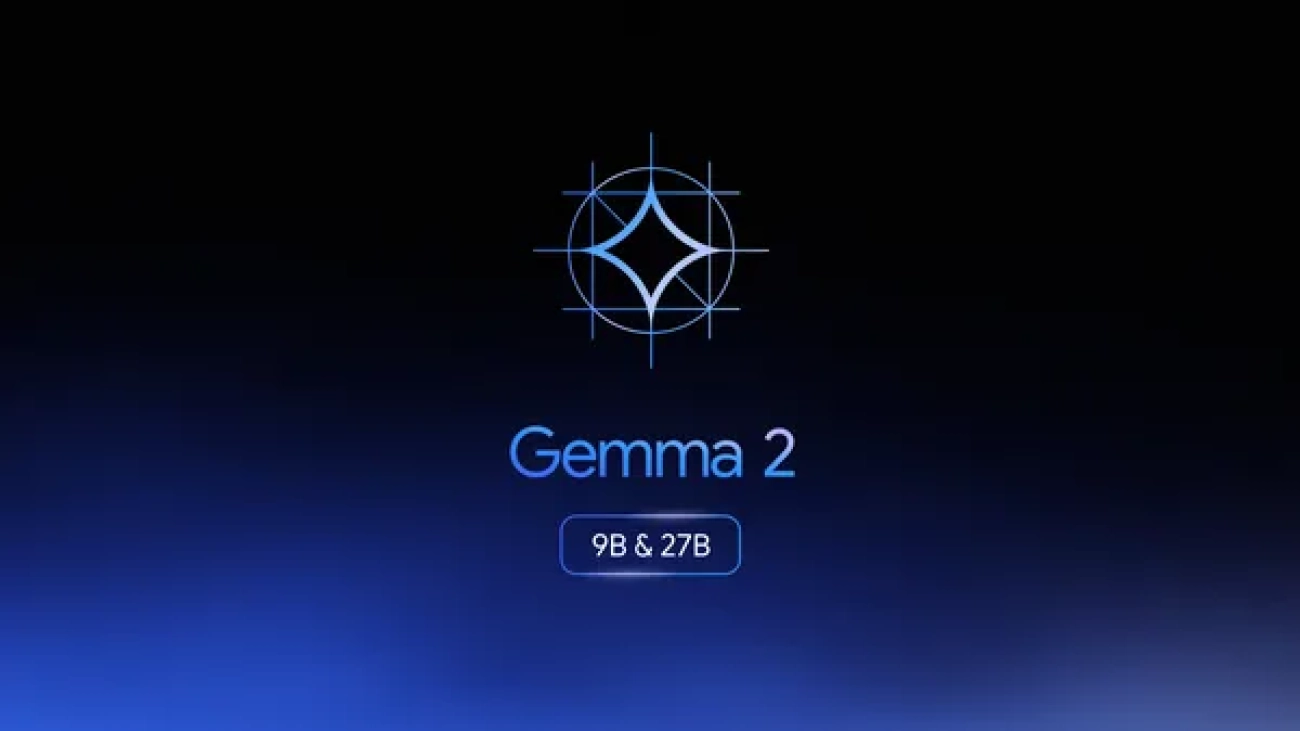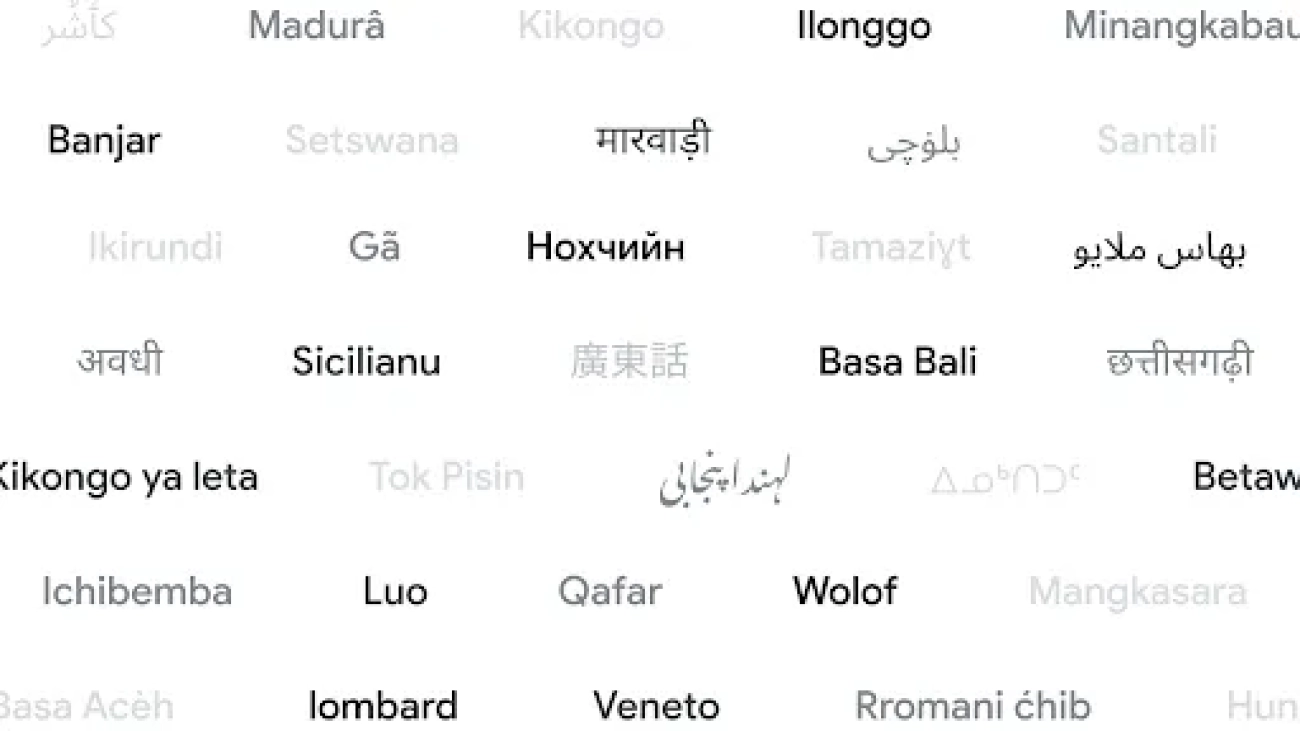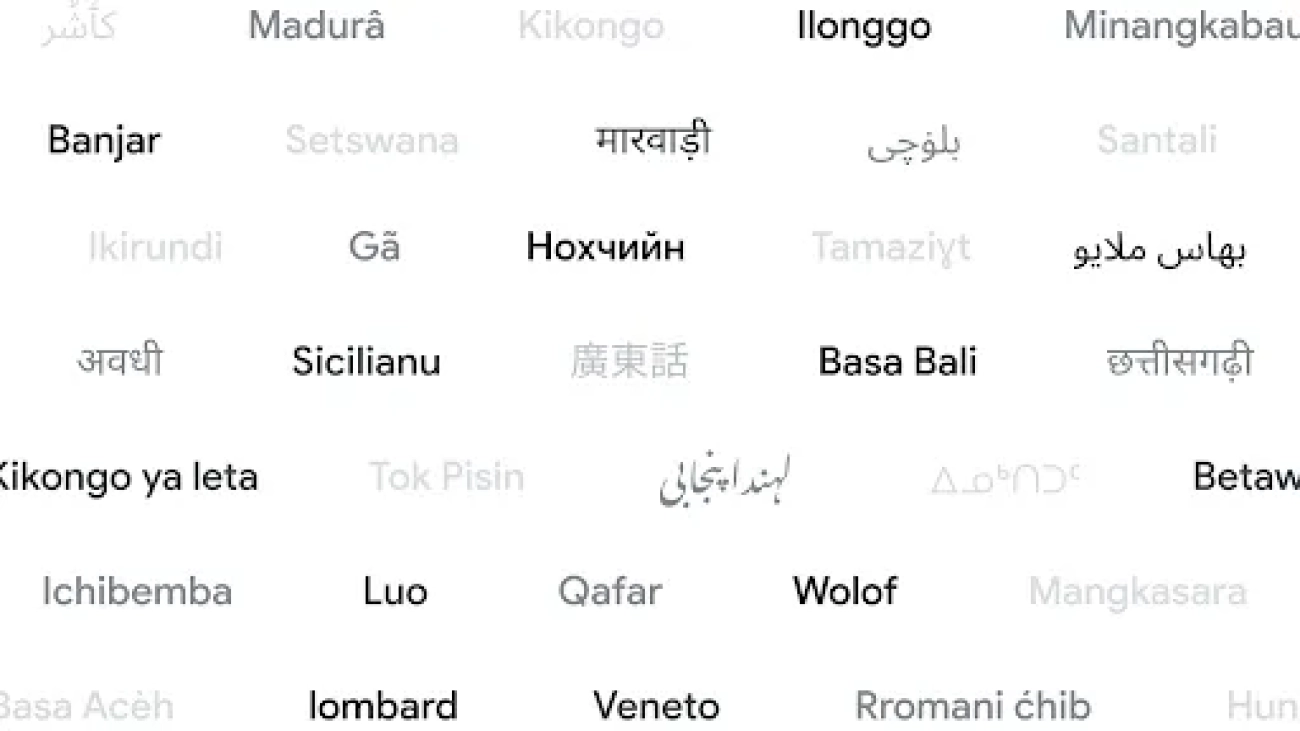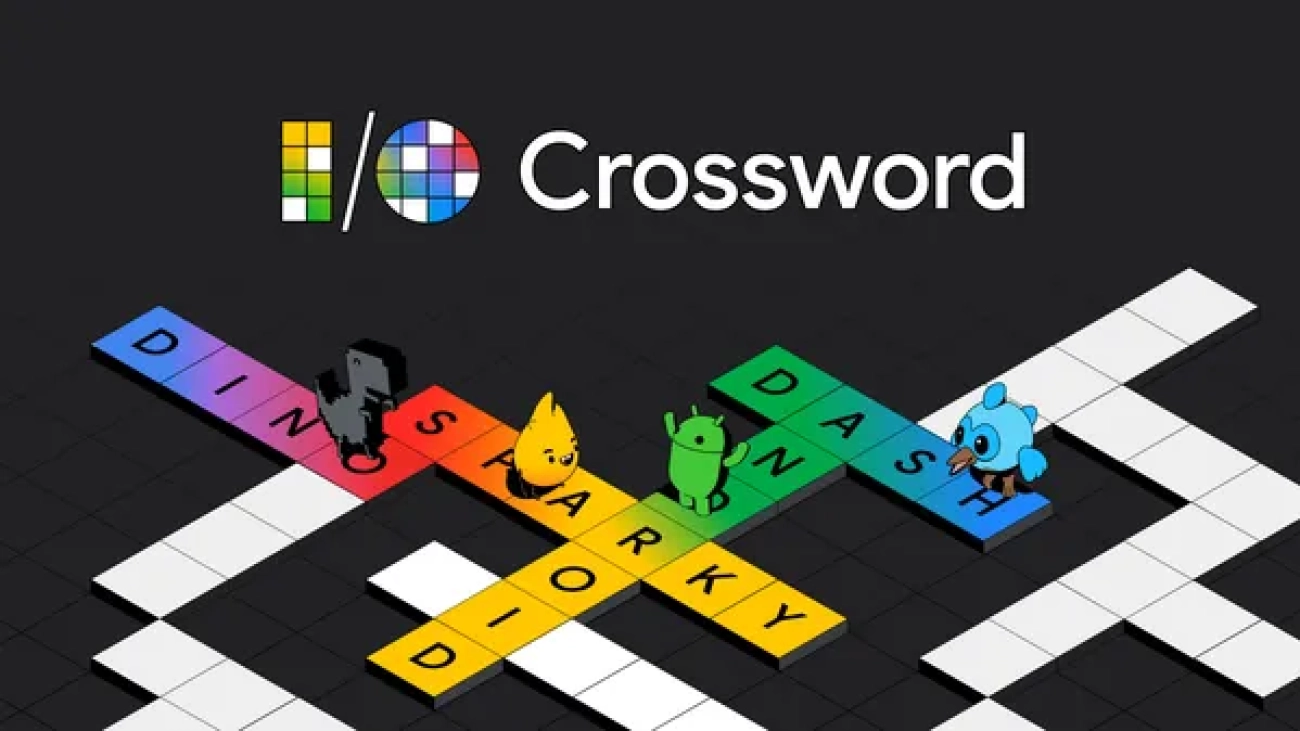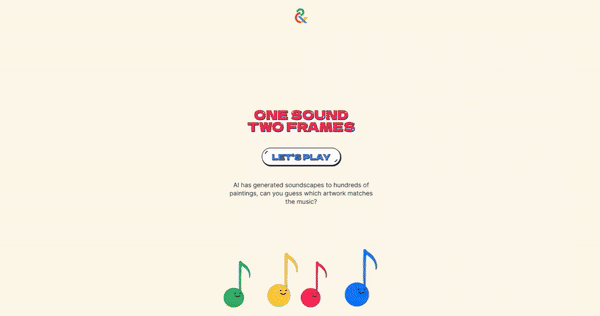 Artists in Residence at the Google Arts & Culture Lab are developing playful tools to inspire creativity with gen AI – discover how their latest experiments can be a sou…Read More
Artists in Residence at the Google Arts & Culture Lab are developing playful tools to inspire creativity with gen AI – discover how their latest experiments can be a sou…Read More
How we built AlphaFold 3 to predict the structure and interaction of all of life’s molecules
 Here’s how this model came to be.Read More
Here’s how this model came to be.Read More
4 Google updates coming to Samsung devices
 New Circle to Search capabilities, Wear OS 5 and more are coming to Samsung’s latest devices.Read More
New Circle to Search capabilities, Wear OS 5 and more are coming to Samsung’s latest devices.Read More
Mouse brain research is helping us better understand human minds
 Researchers on our Connectomics team have completed the largest ever AI-assisted digital reconstruction of human brain tissue. Here’s why they’re taking on the mouse bra…Read More
Researchers on our Connectomics team have completed the largest ever AI-assisted digital reconstruction of human brain tissue. Here’s why they’re taking on the mouse bra…Read More
6 ways AI makes your Pixel even more helpful
![]() Try these AI features to get the most out of your Pixel.Read More
Try these AI features to get the most out of your Pixel.Read More
Our 2024 Environmental Report
 Our 2024 Environmental Report looks at our use of technology to drive environmental change and operate our business sustainably.Read More
Our 2024 Environmental Report looks at our use of technology to drive environmental change and operate our business sustainably.Read More
Gemma 2 is now available to researchers and developers
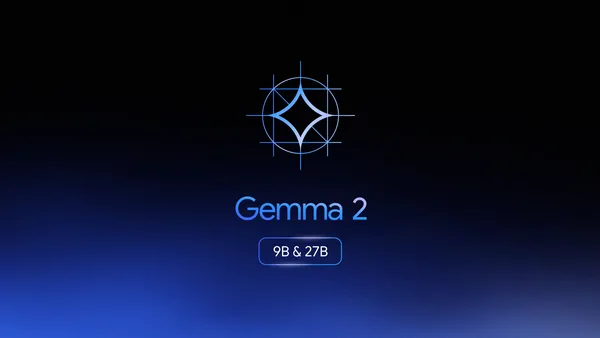 Gemma 2, our next generation of open models, is now available globally for researchers and developers.Read More
Gemma 2, our next generation of open models, is now available globally for researchers and developers.Read More
110 new languages are coming to Google Translate
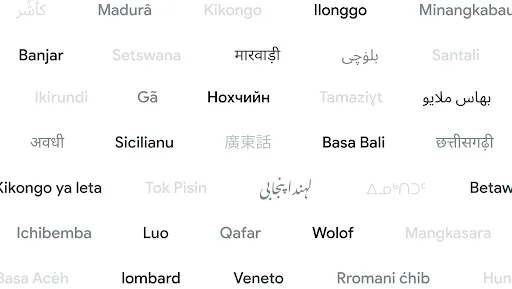 Google Translate adds 110 new languages using AI, breaking down communication barriers for millions around the world.Read More
Google Translate adds 110 new languages using AI, breaking down communication barriers for millions around the world.Read More
110 new languages are coming to Google Translate
 Google Translate adds 110 new languages using AI, breaking down communication barriers for millions around the world.Read More
Google Translate adds 110 new languages using AI, breaking down communication barriers for millions around the world.Read More
Play the I/O Crossword, an AI twist on the classic word game
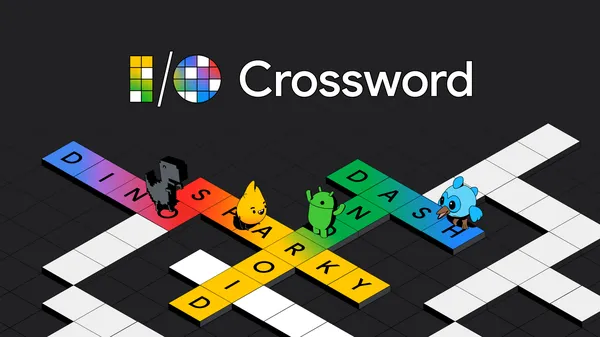 How Googlers used Gemini to build the Crossword puzzle, showing developers what’s possible with generative AI.Read More
How Googlers used Gemini to build the Crossword puzzle, showing developers what’s possible with generative AI.Read More


